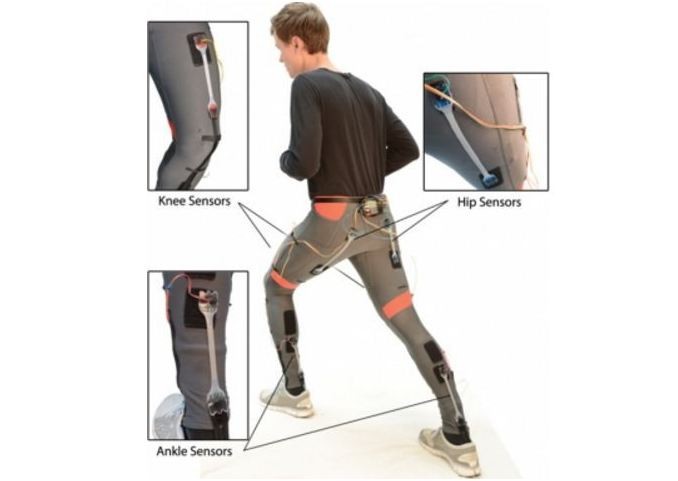Scientists at Harvard's Wyss Institute for Biologically Inspired Engineering are working on devices to reduce fatigue among U.S. soldiers in combat.
At the top of the list are two intriguing devices: a malleable fabric exosuit and a vibrating insole.
The malleable fabric exosuit or soft exosuit helps soldiers move forward with less effort and conserves their energy, said Conor Walsh, lead researcher at the Wyss Institute.
The malleable fabric exosuit senses the soldier's motion and responds to assist him by using a system of battery-powered sensors, motors, gears, cables and pulleys sandwiched between the fabric layers. It's designed to help soldiers walking long distances with heavy loads avoid fatigue.
"So far, tests have shown energy savings of seven percent," said Walsh.
The final prototype will be equipped "with more efficient actuators, sensors and cables," he pointed out.
"We are intrigued by this challenge because we are so inspired by how our muscles and nervous systems work," said Walsh.
A final prototype for the malleable fabric exosuit with more efficient actuators, sensors and cables will be revealed within the year.
On the other hand, the vibrating insoles deliver buzzes that feel "as if you put your foot on a subwoofer," said James Niemi, a lead senior staff engineer at the Wyss Institute.
"It makes your feet more sensitive to the ground."
With this awareness, the body can better interpret its position and better adjust. The insoles were originally intended for older or ailing patients.
The devices improved agility and speed when tested on younger users.
Both devices re being co-funded by the U.S. Defense Advanced Research Projects Agency or DARPA.
The malleable fabric exosuit complements a heavier type of exosuit armor being developed for the U.S. Army called TALOS or the "Tactical Assault Light Operator Suit."
TALOS is a robotic exoskeleton being built by the U.S. Special Operations Command (SOCOM) with the help of military contractors, universities and the tech industry.
TALOS armor is based on a revolutionary form of protection called "liquid armor." U.S. researchers are using nanotechnology to strengthen kevlar armor with a "magnetorheological fluid" (or MR fluid) that changes into a solid milliseconds after being struck by a bullet.



























